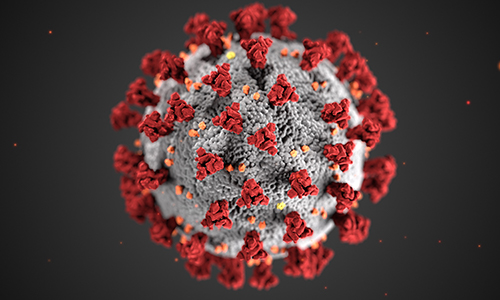|
|||||||||||||||||||||||||||
| Special issue: COVID-19 | ||
| With so much media coverage devoted to the novel coronavirus (SARS-CoV-2) and the disease it causes (COVID-19), it's easy to get overwhelmed. But information and preparation are powerful antidotes to anxiety, so this supplemental issue offers a selection of stories and resources as a place to begin. | ||
| Start by visiting UChicagoMedicine.org/Coronavirus, a trusted source for answers to your questions about the novel coronavirus and late-breaking updates. | ||
|
|||||
|
|||||||||||
|
||||||||||||||||
|
||||||||||||||||
|
||||||||||||||||
|
||||||||||||||||
|
||||||||||||||||
|
||||||||||||||||
|
||||||||||||||||
|
||||||||||||||||
|
||||||||||||||||
|
||||||||||||||||
| Visit UChicagoMedicine.org/Coronavirus for COVID-19 updates, useful FAQs, and recommended precautions. | ||
|
|||||||||||
|
|||||
|



